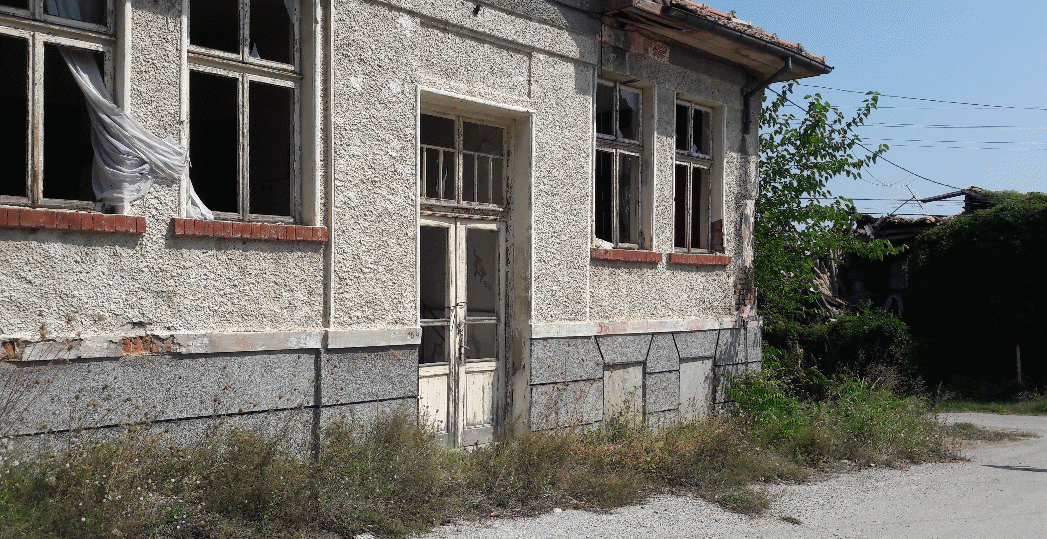By Michael Roberts
There has been a huge exodus of Ukrainians into neighbouring countries fleeing the war in their country- three million and counting. Just as in Syria and in other countries engulfed by war, there has been a refugee disaster.
Eastern Europe’s population shrinking over past 30 years
But this latest exodus from Ukraine adds to the millions who have already left in the last 30 years. Even before the Ukraine-Russia conflict, there was a rising demographic deficit in Ukraine and most of Eastern Europe, including Russia. Eastern Europe’s population has been shrinking like no other regional population in modern history.
Many war ridden countries like Syria have suffered significant population loss but a population drop throughout a whole region and over decades has never been observed in the world since the 1950s. The UN estimates that there are about 292 million people in Eastern Europe, and that’s 18 million less than in the early 1990s, or more than the population of the Netherlands disappearing from the region.

The population of Eastern Europe has been shrinking since the collapse of the Soviet Union in the early 1990s. Why? Mainly because many people in the Baltic states, Bulgaria, Romania, Ukraine and other states bordering Russia have emigrated towards the ‘West’, into the European Union. They have done so in order to get work and a more prosperous life.
Countries with fastest shrinking populations
At least eleven countries have shrunk by more than 10% in terms of their population size since 1989, including Bulgaria, Romania and Ukraine. Latvia has lost over a quarter of its population (27%), Lithuania 23% and Bosnia and Herzegovina 21%. The Bulgarian population contracted from 9 million in 1989 to 7.1 million in 2017.
Looking forwards, the top ten countries with the fastest shrinking populations are all in Eastern Europe according to UN projections. Bulgaria, Latvia, Moldova, Ukraine, Croatia, Lithuania, Romania, Serbia, Poland, Hungary, are estimated to see their population shrink by 15% or more by 2050. For Ukraine, that forecast will now be increased.

Bulgaria is the world’s fastest shrinking country, with its population expected to drop from 7 million in 2017 to 5.4 million in 2050. In Latvia, the population is estimated to drop from 1.9 million in 2017 to 1.5 million, whilst in Moldova, the population is estimated to shrink from 4 million to 3.2 million.
Emigration from weak capitalist economies
Emigration has been the safety valve for very weak capitalist economies, which otherwise could not deliver employment or better living conditions. Indeed, the main reason that per capita income has risen in these weak economies in the 21st century is through a reduction in the number of people living there.

Emigration is a traditional solution for weak capitalist economies often driven into poverty by imperialism. Such was the case for Ireland for over 150 years: whenever the economy slumped, Irish people emigrated. Similarly, Italians, Greeks, Portuguese and Spanish emigrated in the post-1945 period. And in the euro-debt crisis of 2012-15, emigration in all these EU countries saw sharp rises in emigration to the richer northern EU economies – about one million moved from south to north.
On the flipside, any growth in Europe’s population was largely as a result of immigration). While the number of births and deaths were equal at 5.1 million each, net migration boosted the population by 1.5 million to 511.8 million. But emigration will not be enough to reverse the decline in population in the ageing economies of northern Europe like Germany, as I have shown before in a previous post.
Southern Europe also facing a decline in working age population
And that is even more the case for southern Europe. According to the UN, Portugal, Italy, Greece, and Spain will all see their working age populations decline by more than 25% These four countries are all in the top six globally on this measure, behind only South Korea and Japan. All four countries will see more dependents than working age people by 2050.
Figure 1. 2020-2050 working age population decline and 2050 worker gap

Poland, Romania, and Ukraine will also see working age populations fall by 25% or more between 2020 and 2050. They will also see rising old-age dependency ratios to 60% in the case of Poland, 52% in Romania and 46% in Ukraine. This “worker gap” is 50% or above in Poland, Portugal, Italy, and Greece and 30-40% in Russia, Ukraine, Romania, and Czechia.
Prospects facing fleeing Ukrainians
Economies grow in GDP terms if employment rises and/or the productivity per worker rises. Most advanced capitalist economies are facing a fall in the working-age population and employment, but that is compensated by a rise in productivity per worker to achieve at least some real GDP growth. Increased productivity depends on rising productive investment per worker. Eastern Europe faces a demographic deficit ie a fall in its productive workforce more than any other region in the world. Can capitalism in that region deliver faster growth in the productivity of labour to compensate over the next decade or so? If not, the poorer parts of the region to the west of Ukraine will offer no economic security for Ukrainians now fleeing their homeland.
From the blog of Michael Roberts. The original, with all charts and hyperlinks, can be found here.
Headline photo of a derelict building in a Bulgarian village, 2017 courtesy of David Cartwright



